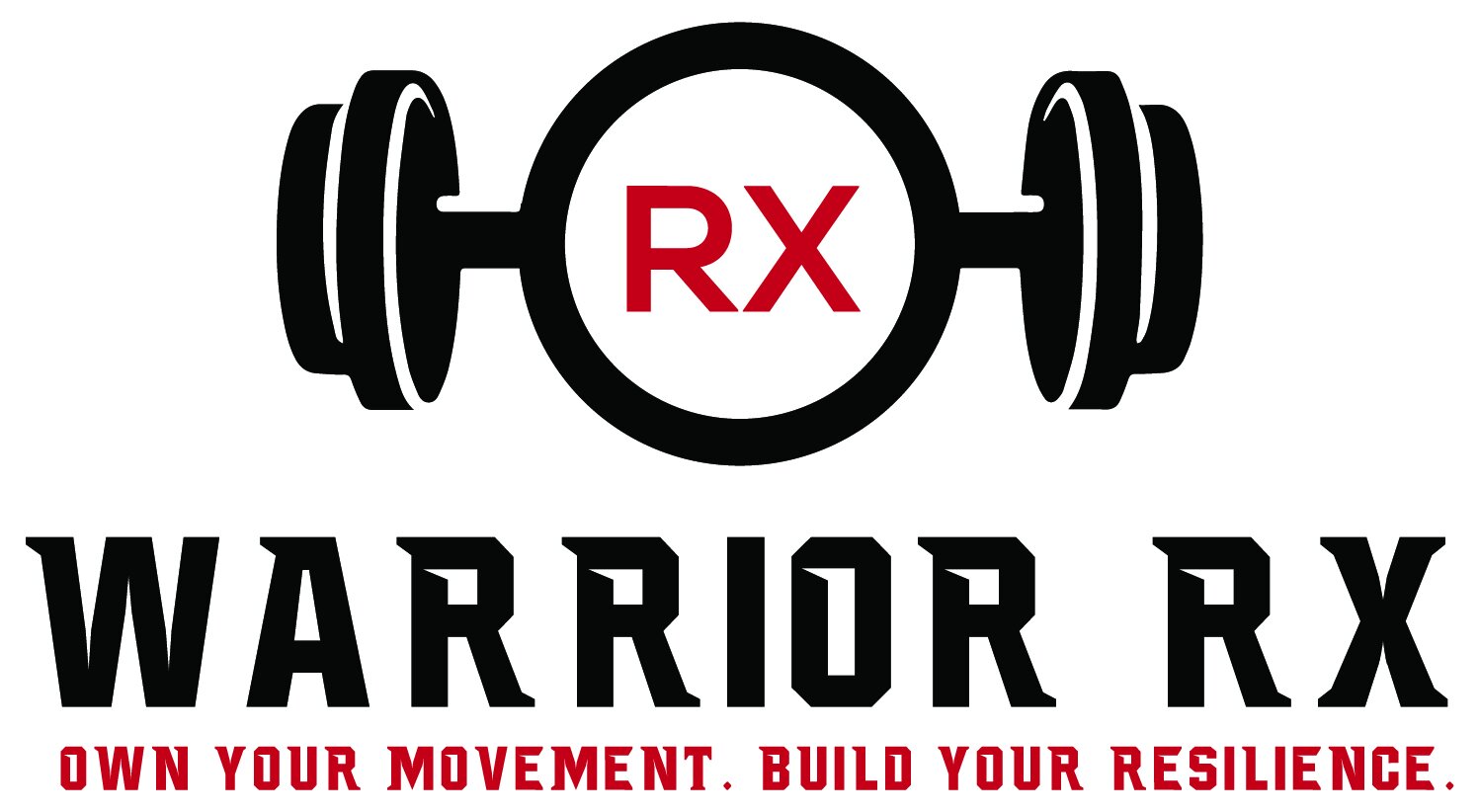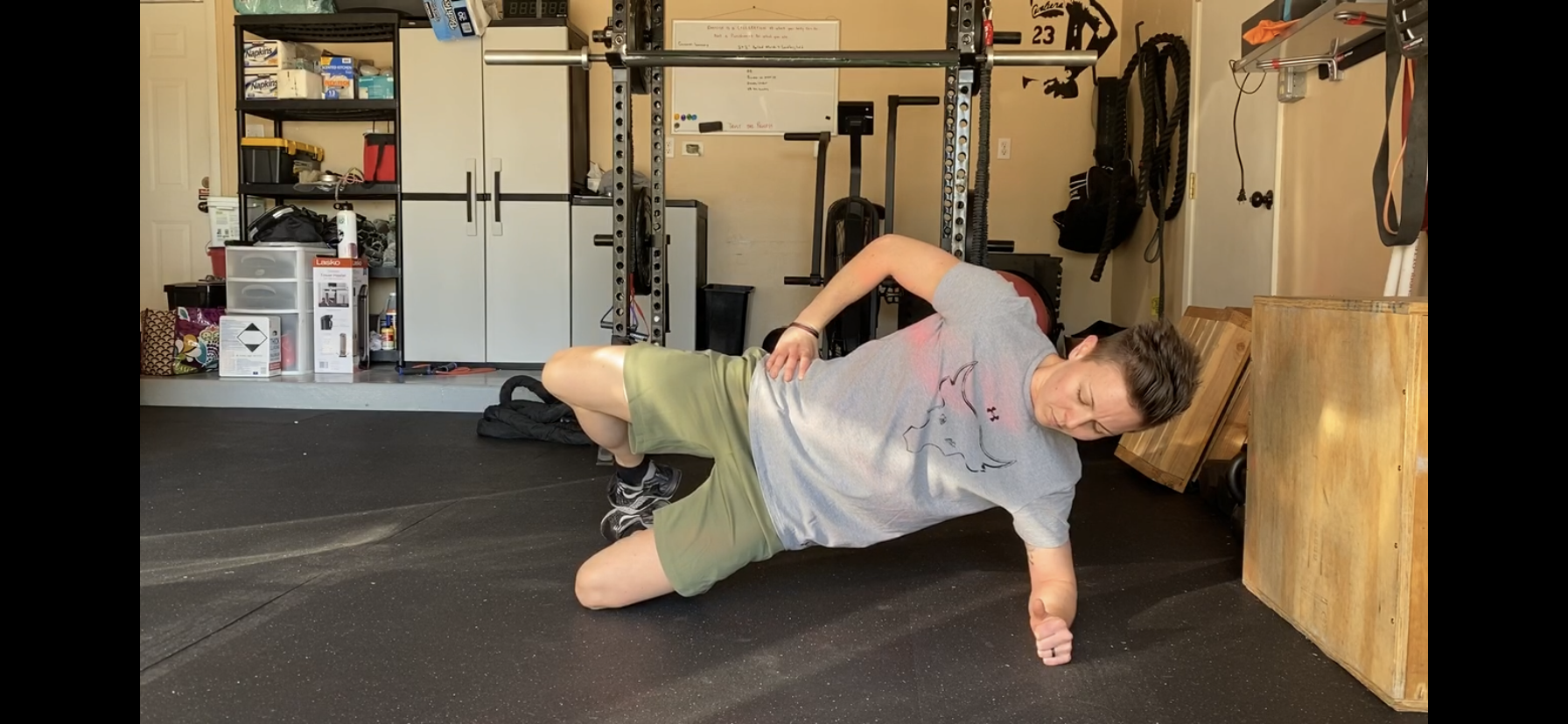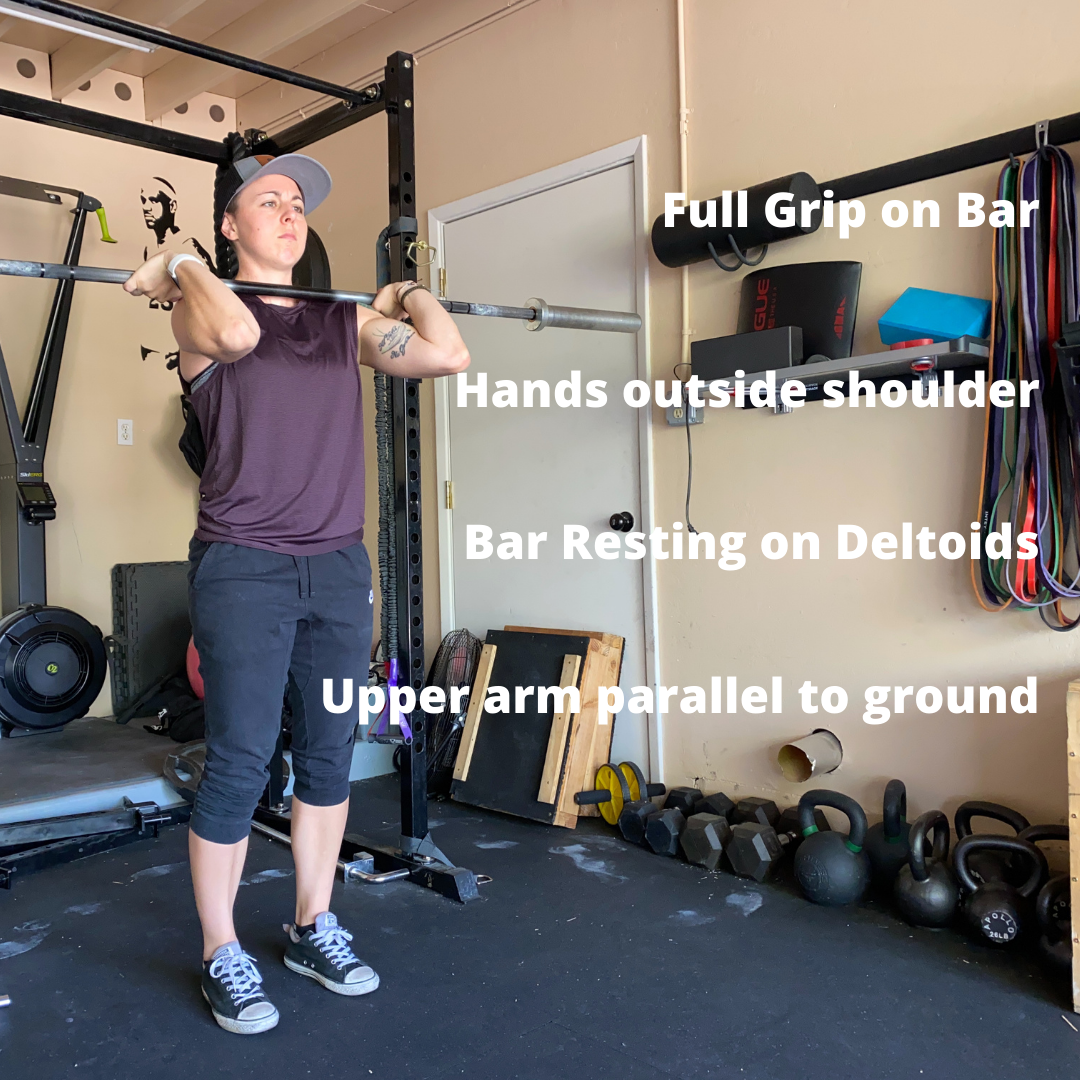In March this year, I suffered a 90% proximal hamstring tear while sumo deadlifting in my garage gym. The majority of my hamstrings were detached and floating in my thigh a couple of inches down from my sit bones with the ability to do nothing. The worst thing about the injury: it happened with a lift I’ve never had trouble with, I’d never had hamstring pain before, and it happened on a day when I was feeling amazing on all my earlier lifts. In an instant, my whole world and self-view was turned inside out. My identity as a crossfit athlete and as a physical therapist was demolished. As an athlete,I could no longer run or lift heavy. I was trying to rehab myself, but nothing was improving. Still, I kept pushing because that's what we do, we go until we can’t. I was modifying and rehabbing, but everything was off. I replayed that lift in my head over and over again wondering about all the things that could never change my current situation.
After six weeks of rehab, an MRI, and countless conversations with clinicians who are also crossfit athletes, I made the decision to undergo surgical repair, amidst covid-19 and job security stressors. As a physical therapist, rarely do I consider surgery an option. Regardless of the quality of your rehab and the commitment you make to it; some injuries require a surgical intervention to return to higher level activities. I was still able to box squat 200 pounds, but I couldn’t walk more than 100 yards without feeling unstable. Each case is different and it’s important that you and your team have honest conversations about your function. Utilize research to determine surgery is indicated to make an informed decision about your care. Specifically in the case of a torn hamstring, outcomes drastically decrease after 6-8 weeks due to the level of scarring that can occur around the sciatic nerve and atrophy that takes place. If I never wanted to run or jump again I could have avoided surgery, but that did not align with my goals. Again, your intervention needs to match your goals.
Warrior Rx Tip: Consult with people who understand your goals and your fitness community. If you’re getting advice from a physician or clinician who has no idea what your goals are or who has negative beliefs around your sport you may not be getting all the information or full expectations for your road to recovery.
Surgery was only 2 hours. It required me to be under anesthesia and on my stomach. The surgeon made an incision just below my sit bones and carefully located my detached hamstring tendons. She then pulled them back up to where they should be and sutured them to the bone.
My postoperative restrictions were pretty significant. I had 6 weeks of non-weight bearing crutch use, 24/7 use of a knee immobilizer so I wouldn’t straighten my knee, and no sitting upright. Not to mention the surgical site was right where nobody would want it making it feel like I had a tennis ball under one hip at all times. I couldn’t sit on the toilet comfortably, bathe or dress myself, drive, sit upright to eat, sit for more than 10 minutes, or stand for long periods of time. To say I didn’t know who I was would be accurate.
Over these first six weeks, my emotional and physical self were tested. I didn’t feel like myself most of the time. I had to constantly fight thoughts that I would never get back to who I was in the gym, never achieve my goals.
Now, I’m not trying to downplay how difficult the recovery process will be for each athlete, but if you’re finding yourself in this mental place due to injury, here’s what I’ve learned from my experience. Hopefully a few of these will resonate with you and keep your head on straight.
Trust the process. My protocol for the first 2 weeks did not allow for any physical therapy or time out of the brace besides assisted showering. The next 4 weeks let me perform heel slides, ankle pumps, and squeezing of my quads. As I looked over that 6 week protocol, the athlete in me doubted it. I thought, “obviously she doesn’t know what I’m capable of,” or “this is holding me back.” But as a physical therapist, I knew to respect those first 6 weeks. Whether you're post-surgical or just in a lot of pain, acknowledge that you may need some help...and you may need help holding yourself back . Even as a physical therapist focused in the crossfit space, I knew to collaborate for my own rehab. Specifically in tendon repairs, you need to respect your physiology. It does take that long for the repair to ensure you don’t have chronic weakness. You can’t see your own blind spots. Those early weeks of rehab are challenging, I get it. It doesn’t feel like you’re doing a whole lot, but it’s a building block phase. So find a physical therapist you trust who understands what you need to give you guidance.























